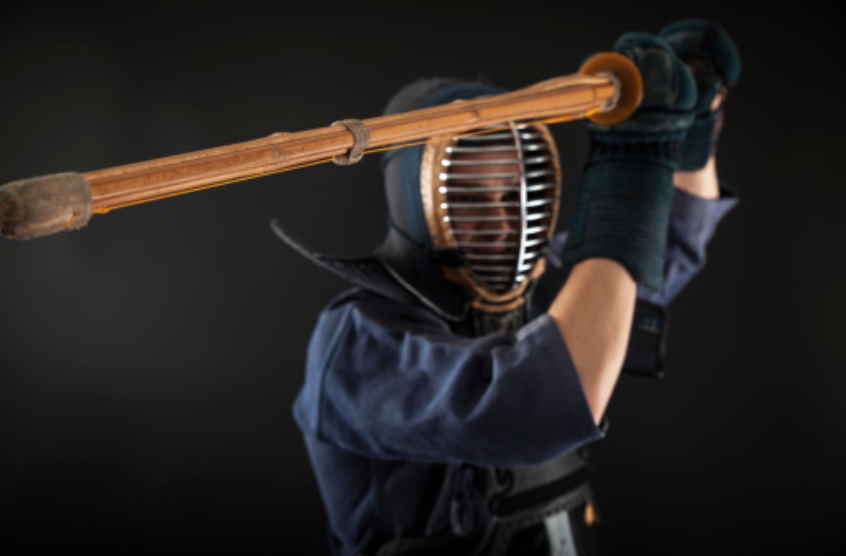Brief History of Kendo
One of the less well known martial arts, at least outside of Japan, Kendo is a martial art which was derived from swordsmanship. It involves the use of bamboo ‘swords’ known as shinai and full body suits of armour with very distinctive and recognisable helms. In some ways it can be compared to fencing. It is mainly practiced in Japan but it has gained popularity beyond the island in recent years.

Origins
Japanese swordsmen developed places in which to hone their skills and started kenjutsu schools in which they would practice their sword skills. This is what went onto become modern day kendo. In these schools they would perform kata as a way to exercise and practice in a disciplined and controlled manner. It was during the 1700’s that the use of shinai and bogu, the sword and armour and staple items of kendo equipment, began. Not long after this time the globally recognised metal grille on the front of a kendo helmet known as a men was introduced. This distinctive symbol has remained almost entirely unchanged in its appearance since.
Increasing Popularity
By the beginning of the 1800’s the popularity of training with shinai and bogu was starting to spread. Gekiken encouraged full contact duels between students and this helped to get more people involved. This Gekiken went on to form the basis of what is considered as modern day kendo and it was renamed kendo in 1920.
Banned
After the end of World War 2 kendo like other martial arts was banned. It was seen by the occupying nations such as America as militaristic and too closely associated with nationalist ideals. However, as Japan found independence in the following years these bans were no longer enforced and so kendo alongside the other martial arts made its return to the public domain. Part of the reasoning to justify this action was that kendo was classed as an educational benefit rather than a martial art and thus less closely tied to military and fighting.
IMAF & FIK
The International Martial Arts Federation was set up in 1952. This organisation set about not only reintroducing martial arts to Japan but also spreading its development globally. In 1970 The International Kendo Federation was established. This became the world governor of kendo and set about increasing the knowledge and practice of kendo both regionally and internationally.
Concept & Purpose

In 1975 the All Japan Kendo Federation created its “Concept and Purpose” and this helps to demonstrate the outlook of kendo both as a way to keep fit but also to train the mind and educate. The concept states that it…”is a way to discipline the human character through the application of the principles of the katana.” The purpose linked here talks about developing the mind and spirit and the importance of courtesy and honour. The final line closes with the quote…”to promote peace and prosperity among all peoples”.
